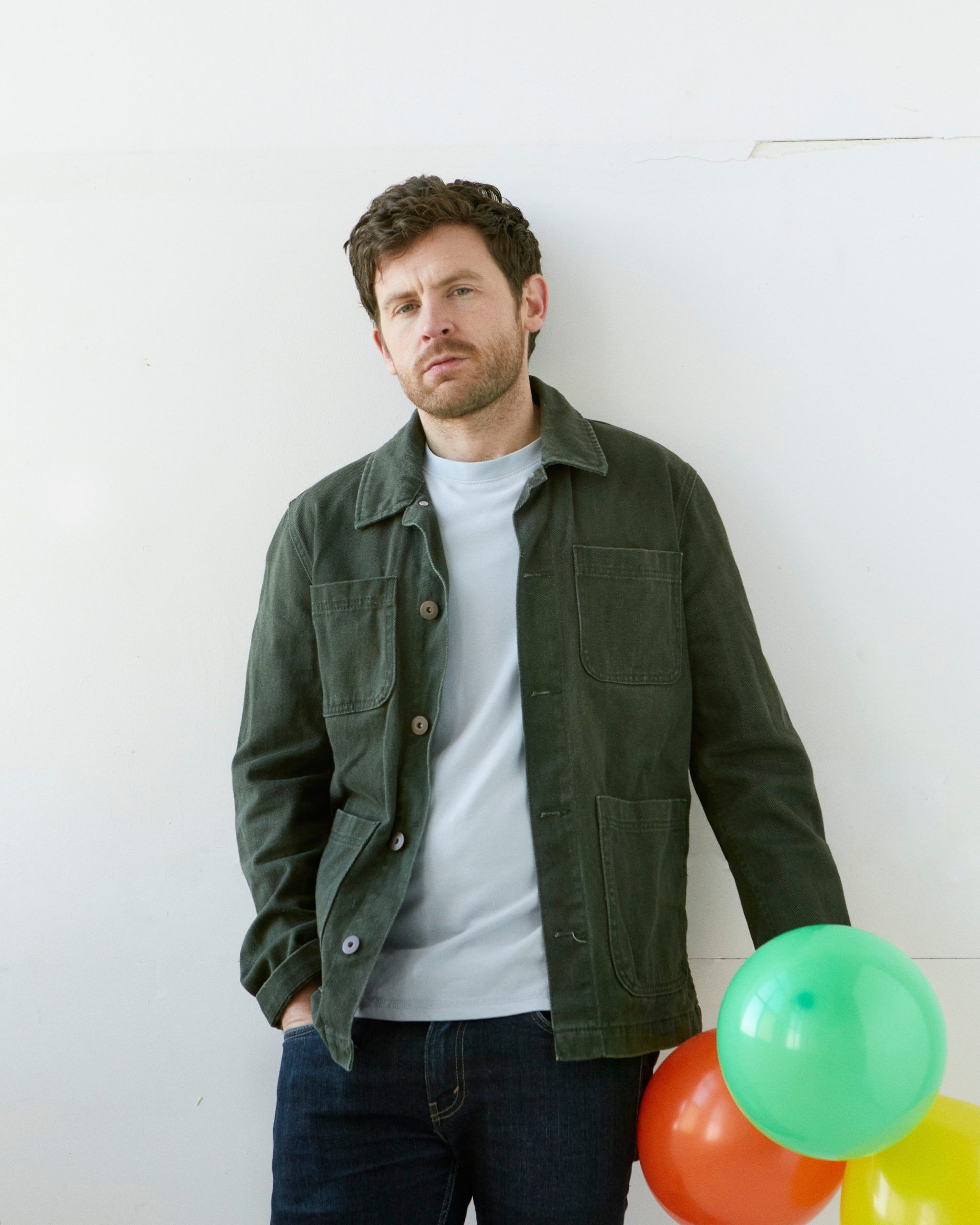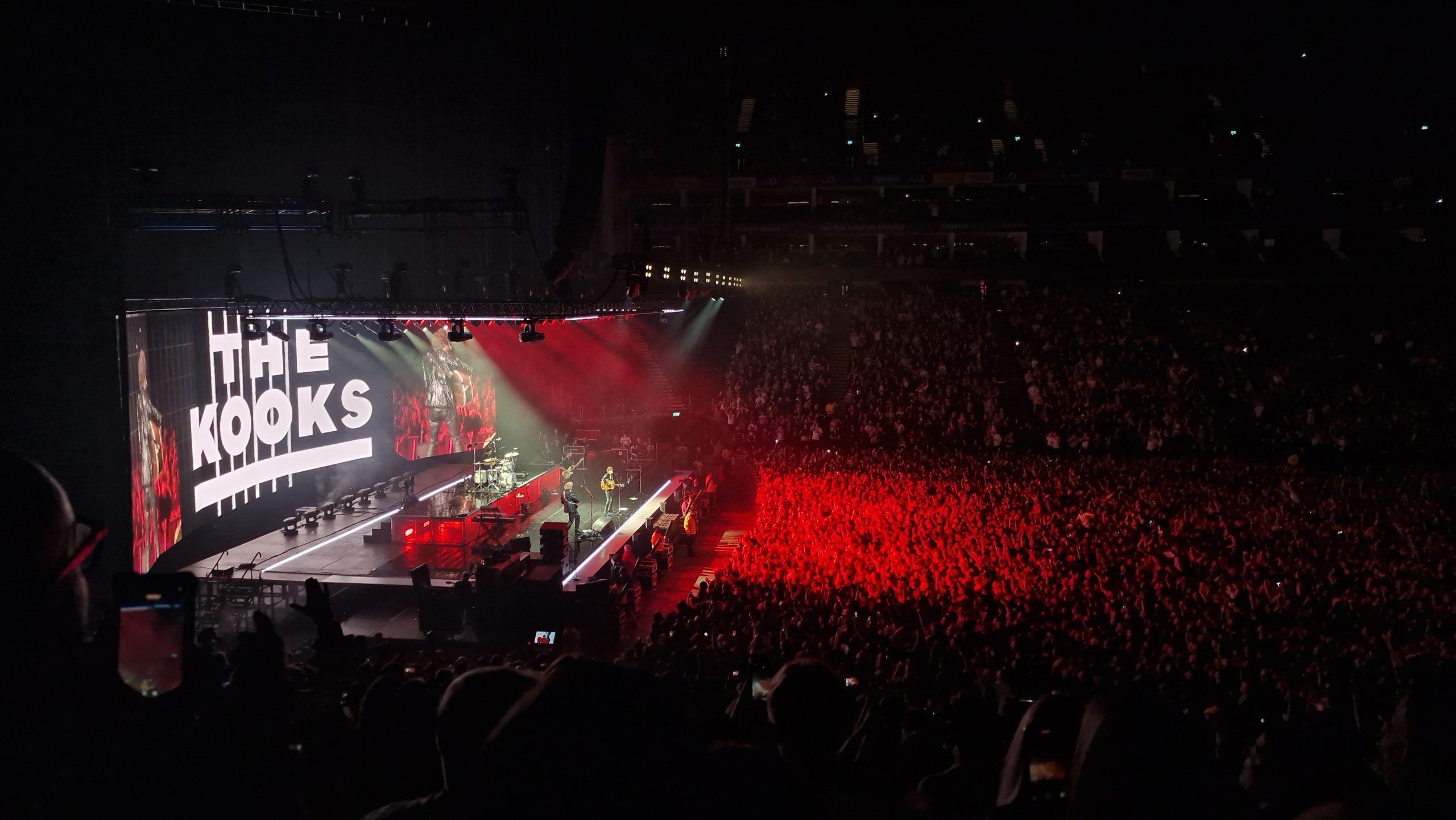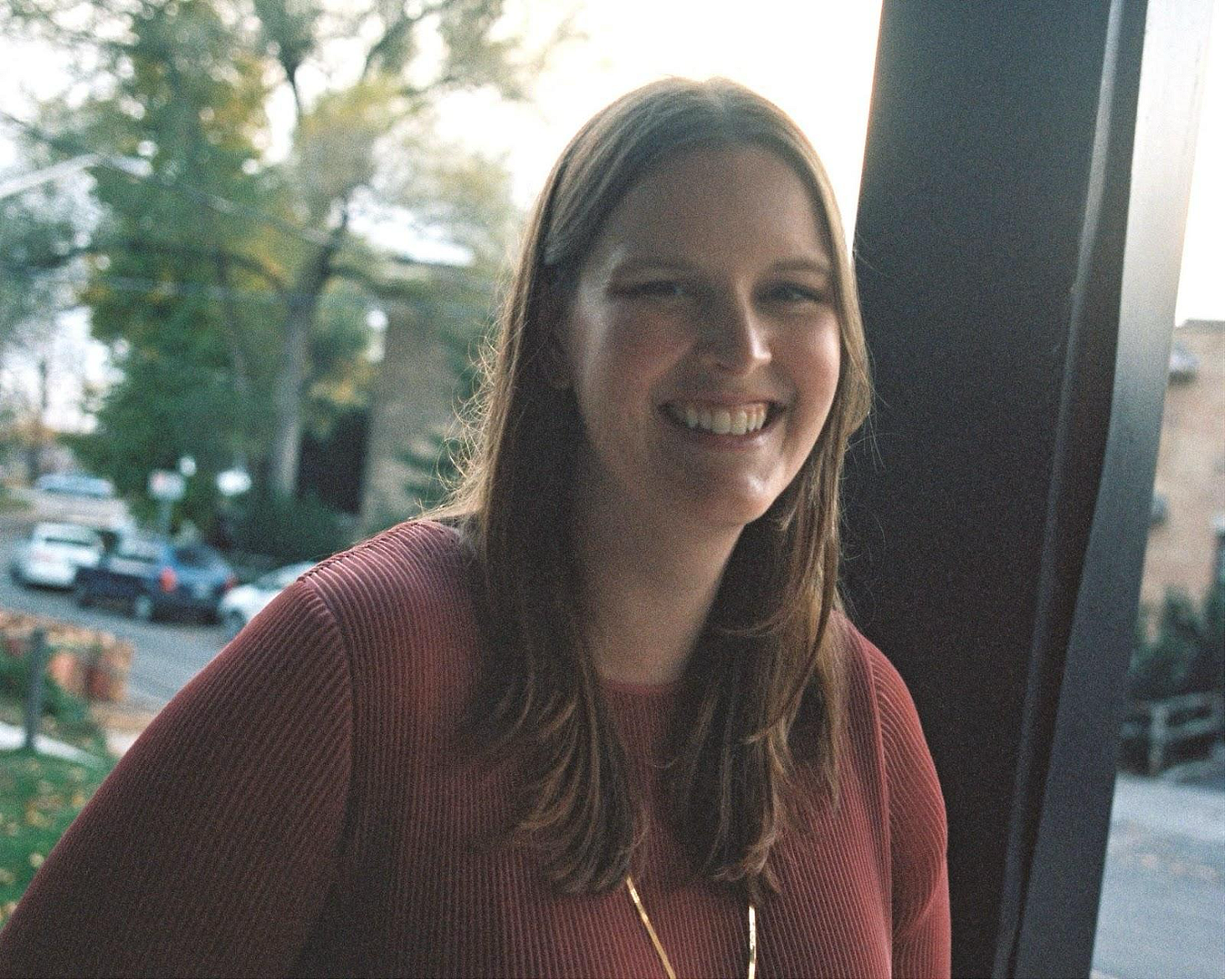
By Mary Black
All eyes on the film industry typically go to what’s on screen. But in this ever-intricate world of the silver screen, where stories are sculpted shot by shot and performance by performance, one often overlooked role makes final decisions.
The film editor plays a pivotal role, often behind the scenes but undeniably central to a project’s success. One woman film editor making waves in the film and TV industry is Simone Smith, a Toronto-based editor, has not only mastered this craft, but has also garnered significant industry recognition, including two Canadian Screen Awards for Achievement in Editing. Her diverse filmography speaks to a keen eye for storytelling and an ability to navigate various genres and tones.
Smith’s path into post-production began early. A graduate of Vancouver Film School’s Film Production program, she entered the workforce at just 18. “I attended Vancouver Film School when I was 17, and it was a one year program so I was out in the workforce at 18,” Smith recalls.
Her initial foray was in commercial post-production, starting as an assistant editor. This foundational experience provided invaluable exposure to the technical and logistical demands of the editing suite.
The transition from commercials to feature films wasn’t overnight but was accelerated by connections forged in the industry. “I started out as an assistant editor in commercials, and then started editing films for people that I met at work,” she explains.
This networking led to a significant early opportunity. “I cut my first feature film at 22 as I was friends with one of the producers,” notes Smith.
While a remarkable achievement at a young age, Smith further refined her skills and strategic career trajectory by attending the Canadian Film Centre’s (CFC) Editor’s Lab in 2014. This immersive program is designed to hone the artistic and technical abilities of emerging editors, providing them with mentorship and practical experience on project-based work.
“After I went to the Canadian Film Centre for their Editor’s Lab, I was able to transition into editing films and television,” she notes, highlighting the CFC’s role in solidifying her focus on longer-form narrative work.
Reflecting on the technology of those early feature days, Smith offers a glimpse into the tools of the trade roughly a decade ago. “I cut my first feature film on Final Cut Pro 7, this was back in 2012. I think I was using a MacBook Pro at the time.” While editing software and hardware have evolved significantly since then, her ability to deliver a feature film on readily available consumer-grade equipment underscores the importance of skill and creativity over sheer technological firepower, especially in independent filmmaking.
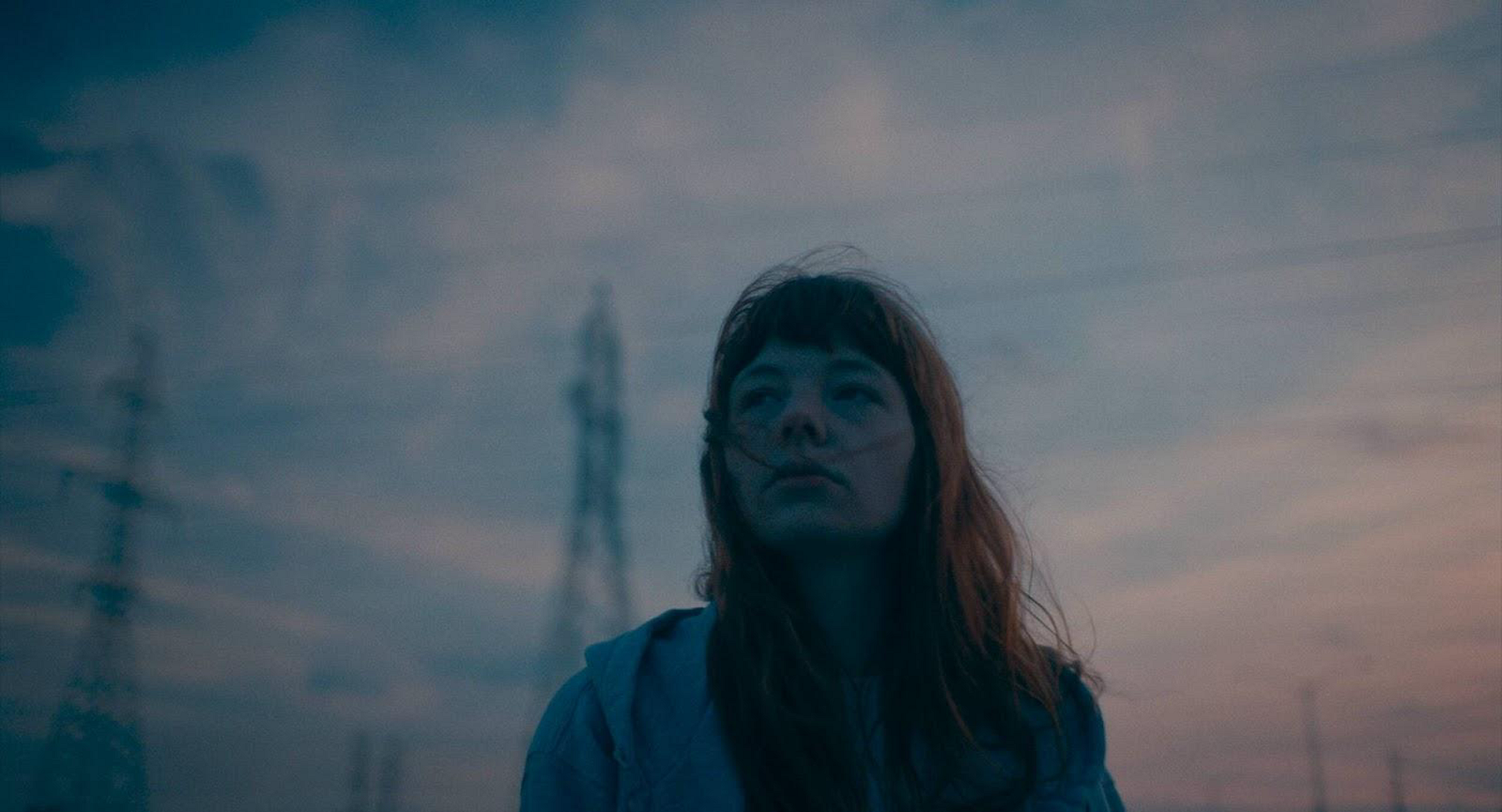
For any editor, establishing a workflow is crucial. Smith prefers to get involved during production when possible. “I prefer when I am able to start during production, so if there is anything we are missing we still have a chance to shoot it,” she states. Given that films are rarely shot in chronological order, her initial process involves tackling scenes as they are delivered.
“Films typically shoot out of order so I am usually going through it one scene at a time, as they are being shot.” This allows her to build a rough assembly of the entire film piece by piece. “I might edit the whole end of the film before seeing the beginning.”
Once the principal photography is complete and all scenes have a first pass assembled, she shifts her focus to the broader structure. “I’ll do this until I have a first pass of all the scenes, and then I will go in and start tweaking based on how it all works as a whole.” This iterative process, moving from individual scenes to the overall narrative arc, is fundamental to shaping the final film.
Smith’s versatile talent is evident in the range of projects she has tackled. Her feature film credits include critically acclaimed works like Never Steady, Never Still, Goalie, and The Queen of My Dreams. However, it is her work on Firecrackers (2018) and I Like Movies (2022) that has brought her particular acclaim, earning her the Canadian Screen Award (CSA) for Achievement in Editing for both films in 2019 and 2023, respectively.
Her approach to I Like Movies, a film that resonated deeply with critics (named the #4 best films of 2023 by Exclaim Magazine), was notably personal. “This was such a special experience because this film really hit close to home for me,” Smith shares. The protagonist’s relatable struggles struck a chord. “I have a lot more in common with the film’s prickly protagonist than I’d like to admit!” This personal connection translated into an organic editing process.
“Editing the film just felt like an organic, natural fit because I connected with it so much.” The film presented an exciting challenge in its tonal shifts. “I really love it when I get a project that lets me play with tone,” she explains. “The film starts as a teen/workplace comedy and then gets to a raw and emotional place. It can be a real challenge to stick the landing when you are balancing different elements like that, but it is a challenge that I find a lot of fun to work in.”
Successfully navigating these shifts requires not just technical skill but a deep understanding of character and emotional pacing.
For her first CSA for Firecrackers, the distinctive style of the film presented unique opportunities and challenges. Following its 2018 TIFF premiere, the film earned significant critical acclaim, with Vulture notably calling it one of the best films of the year. Smith’s editing was key to realizing the director Jasmin Mozaffari’s vision. “Firecrackers was shot in a fluid and beautifully kinetic way,” Smith describes. This approach, while visually dynamic, impacted the post-production process. “The approach to shooting was very immediate and in the moment, which means sometimes shots won’t cut together in a seamless way that more conventional coverage does.” This necessitated a more meticulous and creative approach in the edit suite.
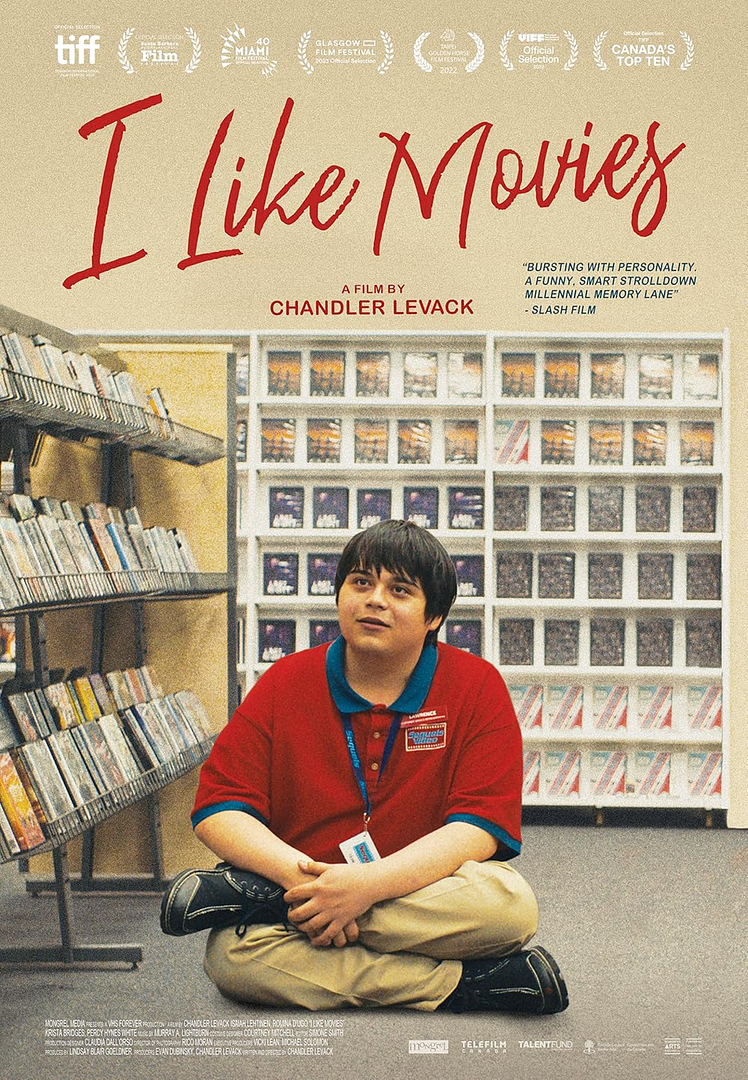
“This meant more careful work was required on my end to make sure every cut felt right.” The collaboration with the director was paramount. “Writer/Director Jasmin Mozaffari and I really worked hard to make everything feel good while also honouring the story and the complex and nuanced performances of our cast.”
Despite the awards and accolades, the process of editing still comes with its own set of anxieties, particularly when it comes to sharing early versions of the work. “The first time I ever share a cut never stops being terrifying,” Smith admits candidly. The solitary nature of the initial editing phase contributes to this feeling. “The first pass is all done solo, so it really feels like you are putting yourself out there.”
This vulnerability can bring about self-doubt. “I’m always scared that everyone is going to hate it and I’ll get fired, which has never actually happened.” It’s a surprisingly common sentiment among her peers. “I’ve spoken to a lot of editors that feel this same way, so I don’t think this is something that anyone gets over. Maybe it’s good to be on your toes so you deliver your best work.”
Working on low-budget films brings its own specific pressures, primarily concerning resources and time. Smith emphasizes the critical role of tenacity in these environments. “The biggest thing you run out of on low budget films is time,” she states. This lack of time on set directly impacts the work needed in post-production. “There’s never as much time to get things shot as everyone would like, so the edit needs to make up for it.”
This often means the editor must become a creative problem-solver, adept at making the most of the available material. “You end up taking more time in the edit, smoothing everything over and getting creative with the material you do have,” said Smith. If certain scenes didn’t work as intended, the editor must find solutions. “If a scene didn’t work, what can you do to fix it? Can the scene be cut from the film? Sometimes a scene can be repurposed into something else by adding new dialogue, or only using part of the original scene.”
The key is persistent experimentation. “There are so many options and you need to keep trying until you find what’s right.” Crucially, any changes must feel organic to the final product. “It’s also not enough to just chop something out, you need to do the work so that it feels like it was intentional, as if this was the way it was meant to play out from day one.”
The ultimate goal of much narrative editing is often invisibility – for the cuts to be seamless and the audience immersed in the story rather than aware of the technique. Smith describes this delicate balance. “Sometimes it’s just a matter of trial and error until you find the perfect cut point.” But it’s not purely mechanical. “It’s both really precise, but it’s also something that is totally based on gut feeling and intuition.”
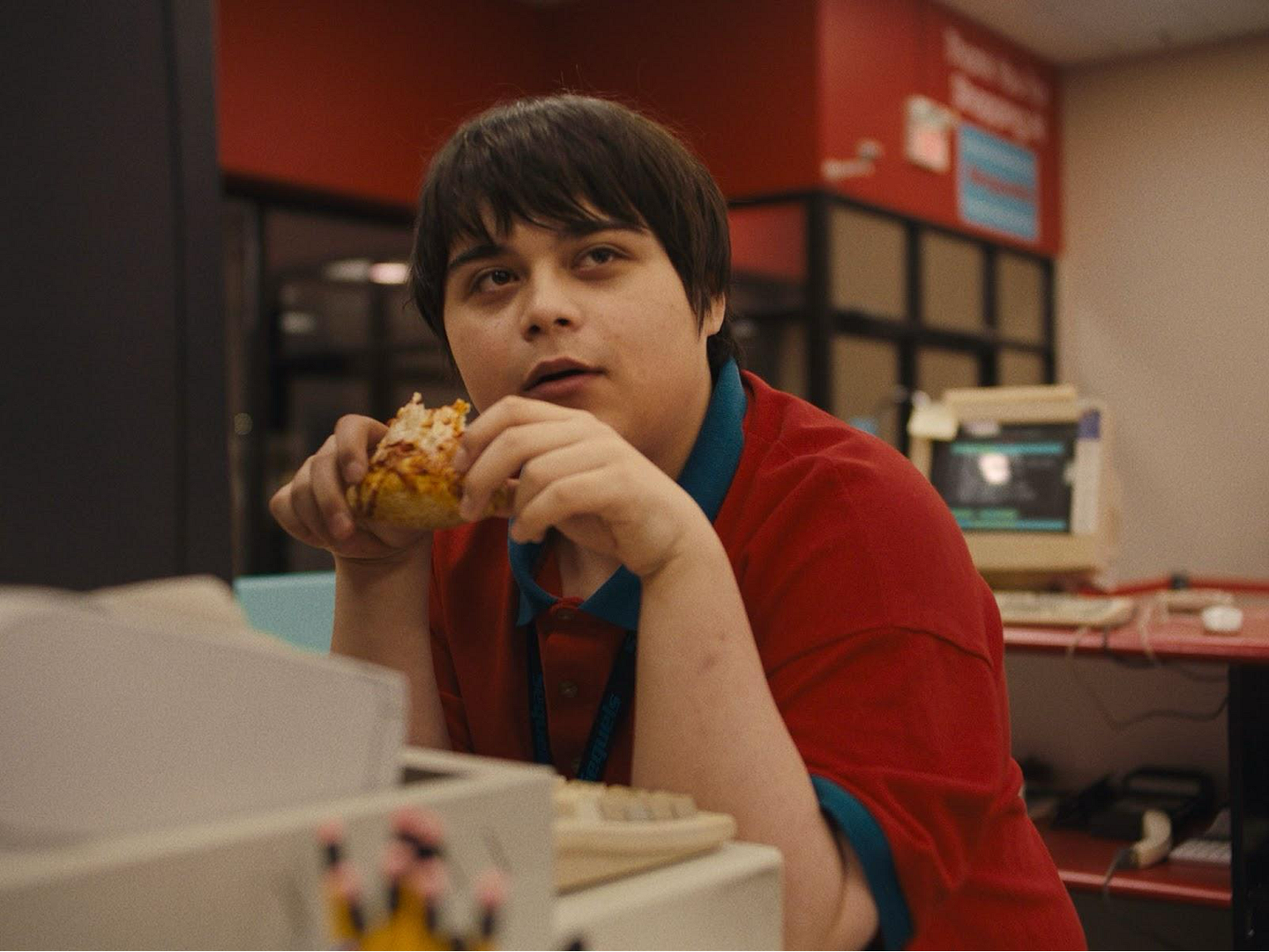
Beyond her work in features, Smith has also established a strong presence in television, editing series like SurrealEstate (SYFY), Strays (CBC), The Lake (Amazon), and the new Netflix series Bet. This allows her to exercise her skills across different formats and pacing requirements.
Smith is a recognized member of the professional editing community, belonging to both Canadian Cinema Editors (CCE) and the American Cinema Editors (ACE), organizations that celebrate and promote excellence in the craft. Her expertise and insights have been sought after on numerous industry panels at prestigious events such as TIFF, SXSW, the St. John’s International Women’s Film Festival, and more, where she shares her knowledge and perspective on editing and storytelling.
Smith is currently editing Chandler Levack’s second feature film, Mile End Kicks, featuring a star cast including Barbie Ferreira, Devon Bostick, and Jay Baruchel. This ongoing project underscores her continued demand and relevance in the industry.
Her career trajectory, from an early start in commercial post-production to becoming a two-time CSA-winning feature film editor, and a sought-after talent in television, exemplifies dedication, skill, and adaptability. Smith’s ability to connect with material, navigate technical challenges, and collaborate effectively, while embracing the blend of precision and intuition that defines great editing, continues to make a significant contribution to the ever-expanding streaming landscape of film and television.
The craft of film editing lies in knowing when to follow the rules and when to break them based on instinct. “Sometimes you try something and it shouldn’t work but it does. Or other times, something that is seemingly easy just doesn’t feel right.” This duality is at the heart of editing. “Editing is really the melding of the creative and technical, and the practical and intuitive.”
Visit Simone Smith’s website at simonesmitheditor.com.

